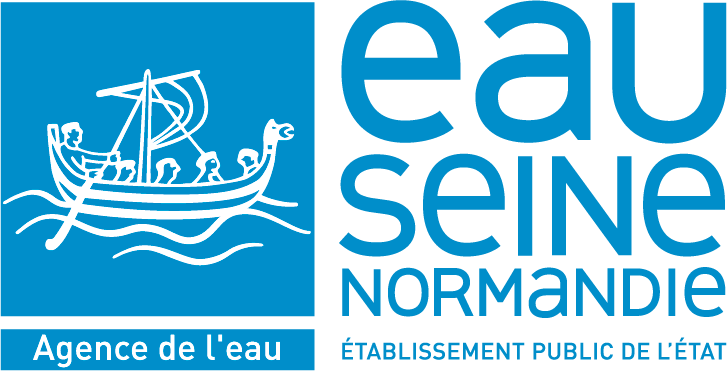Overexploitation of groundwater in the Niayes region is leading to water scarcity and a range of social conflicts. GRET and its partners are taking a bottom-up approach – inspired by the theory of the commons – to address these issues around social and environmental justice.

Located on the coastal fringe between Dakar and Saint-Louis, the Niayes region is the largest market-gardening production area in the country. Some 60 species of fruit and vegetables produced in Senegal and 80 % of horticultural exports come from this region. Its water resources, which are almost exclusively from groundwater, supply part of the capital with drinking water.
Since the 1950s, extractive industries have also been present in this region. They exploit phosphate and, more recently, zircon and other heavy minerals. These mining activities compete with crop and livestock farming for land and exploitation of natural resources. This generates tensions in the area. The recent arrival of agro-industrials is also exacerbating the situation.
Overexploitation of water resources by these various economic activities leads to an alarming quantitative and qualitative decrease in water resources. This results in salinization of the deep aquifer (due to intrusion by marine water), a drop in water levels and pollution of the surface aquifer. These pollutions, due to the use of pesticides and mining industry waste, generate a decrease in soil fertility. It is estimated that the surface water table is decreasing by 7 cm a year, and the deep water table by 45 to 49 cm. Higher temperatures caused by climate change and demographic growth will accentuate these phenomena. The latter are sources of social tensions, and health and food risks.
Since 2017, GRET has been conducting a project in partnership with the Senegalese State, via the Directorate of water resources planning and management (DGPRE). The objective is to contribute to creating the conditions necessary for shared governance to secure fair, sustainable water use, while preserving ecosystems in the Niayes region. Taking a commons-based approach, the project is testing collective integrated water resources management (IWRM) with consideration for ecological, economic and social issues related to resources, and giving local stakeholders decision-making rights.
The goals of “commoning” around water resources in the Niayes region:
The project led by GRET aims to co-construct solutions and procedures for actions that are context-appropriate, effective and inclusive. The objective is to strengthen shared governance of the resource between users and local and national institutions. Across five municipalities, the project team contributed to structuring Local water platforms (LWPs). These forums of municipal and inter-municipal governance bring together all those who are stakeholders in the territory and interested in the approach. Members of the platforms must be representative of the interests of all stakeholders in the area (crop and livestock farmers, drinking water users’ associations, private operators, State technical services, regional and local authorities, NGOs, researchers, the media, etc.). Their objective is to contribute to sustainable, fair and effective management of the water resources in their territory.
“Women must play a significant role in IWRM, because they are the ones who carry out chores involving water. They also practice market gardening as men do. So, they must participate in large numbers in water governance bodies, including the LWPs, and hold positions of responsibility,” explains Awa Gueye, vice-chairperson of the Diender-Kayar LWP. Particular attention was given to this aspect, notably through drama workshops.
In conjunction with the construction of governance procedures, each platform identified challenges around management, preservation and use of water resources in its territory. Based on this, they designed an Integrated water resources management local plan (IWRMLP). These territorial planning instruments detail the actions to be carried out to improve water resources management and related uses.
In 2022, the project entered its 3rd phase, which aims to address the following challenges:
This project is part of the AFD-funded “commons and shared governance programme”.
This project is funded mainly by the Seine Normandie Water Agency and SENEO, with the participation of Senegalese public institutions such as the Directorate of water resources planning and management, the project’s main national partner.


